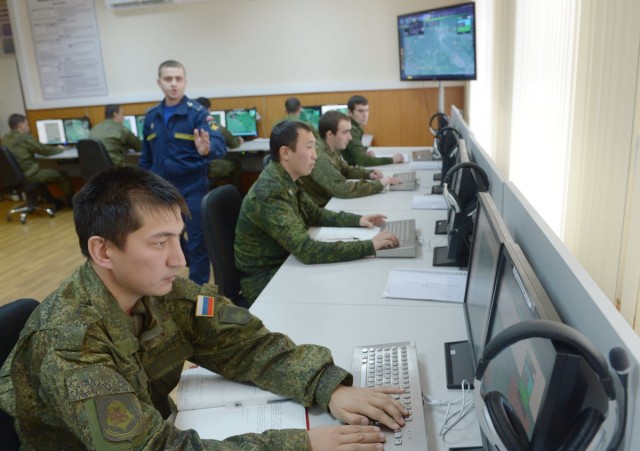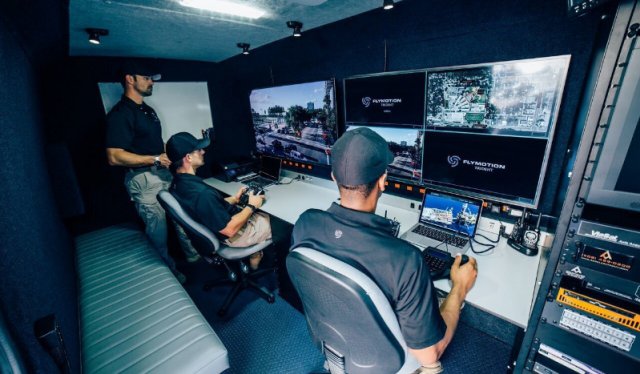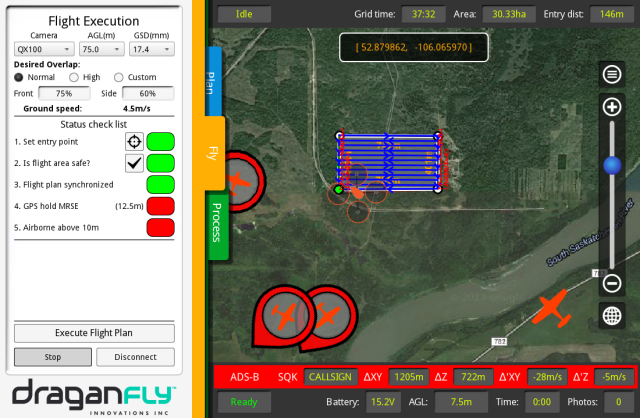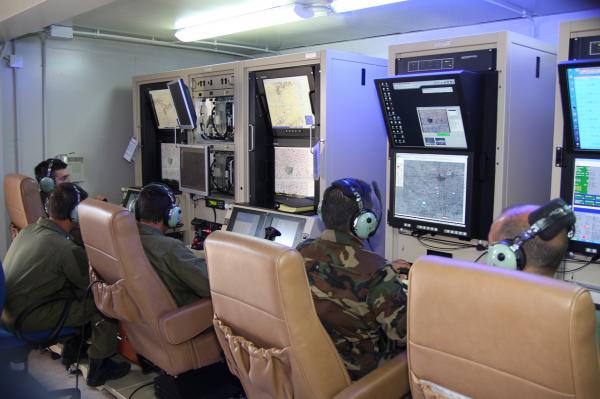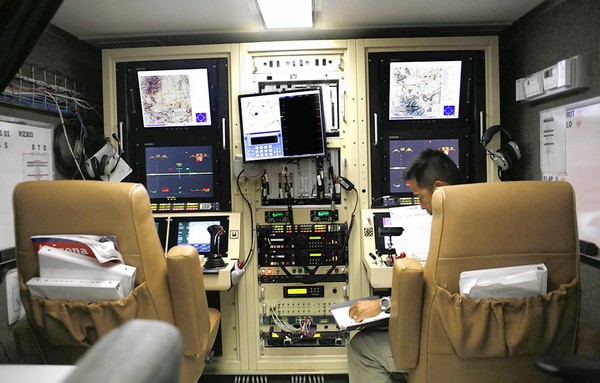 The San Diego-ported Carl Vinson last week became the first aircraft carrier in the U.S. fleet to install an unmanned aerial vehicle command centre, the US Navy says. Continue reading
The San Diego-ported Carl Vinson last week became the first aircraft carrier in the U.S. fleet to install an unmanned aerial vehicle command centre, the US Navy says. Continue reading
Category Archives: Control Stations & Remote Video Terminals
Russian 10-Drone Control Station
Bonded Cellular Technology for Wireless Video Transmission Available for Commercial UAS Operations
Commercial Rapid Deployment Control Unit
A little more than a year ago, the team at FlyMotion Unmanned Systems decided it was time to develop a command and control vehicle for unmanned aerial systems. They saw a need in the UAS market for this type of product, which they released in the form of the rapidly deployable TRIDENT in late 2015. Continue reading
Draganfly Integrates Ping ADS-B Sense-and-Avoid
uAvionix Corporation and Draganfly Innovations Inc. a wholly owned subsidiary of Trace Intelligent Systems, have announced the successful integration of uAvionix’ Ping ADS-B receiver with Draganfly’s auto-pilot and Surveyor ground station. Continue reading
General Atomics Gets $32M US Air Force GCS Contract
General Atomics – Aeronautical Systems Inc., Poway, California, has been awarded a $32,326,408 delivery order (0010) to previously awarded contract FA8620-15-G-4040 for Block 30 ground control station production undefinitized contract action effort. Continue reading
USAF Proposes Single-Operator MQ-9 Cockpit
Single-operator ground stations is one of the future capabilities desired by the US Air Force’s fleet of unmanned air systems (UAS), the service’s intelligence chief says.
General Atomics Gets $9M US Army Gray Eagle Control Station Contract
General Atomics Aeronautical Systems Inc., Poway, California, was awarded a $9,250,320 modification (P00035) to contract W58RGZ-13-C-0109 to procure universal spares for mobile ground control stations, universal ground control stations, and universal satellite communications ground data terminals for the Gray Eagle unmanned aircraft system. Continue reading

